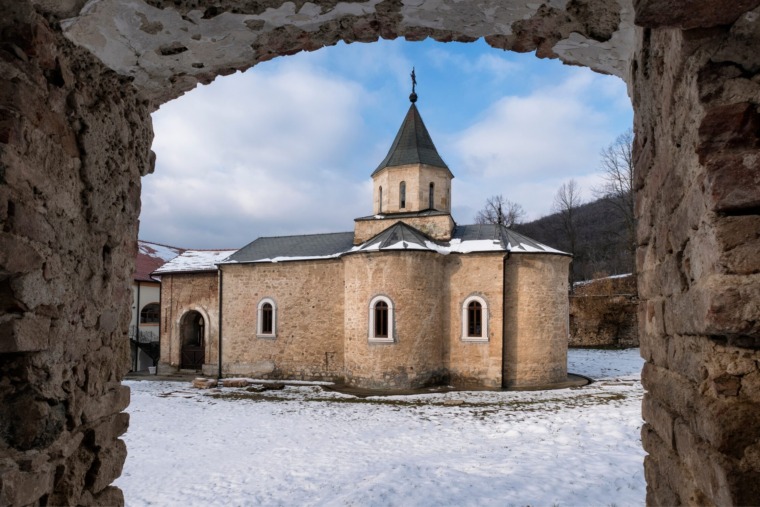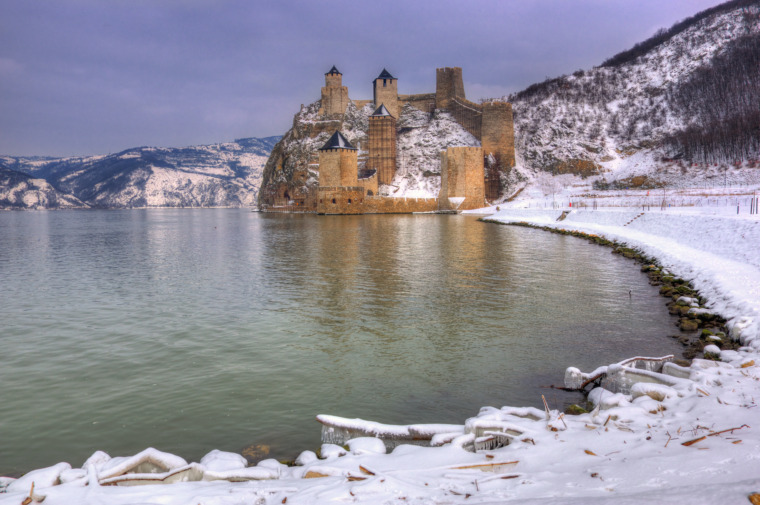
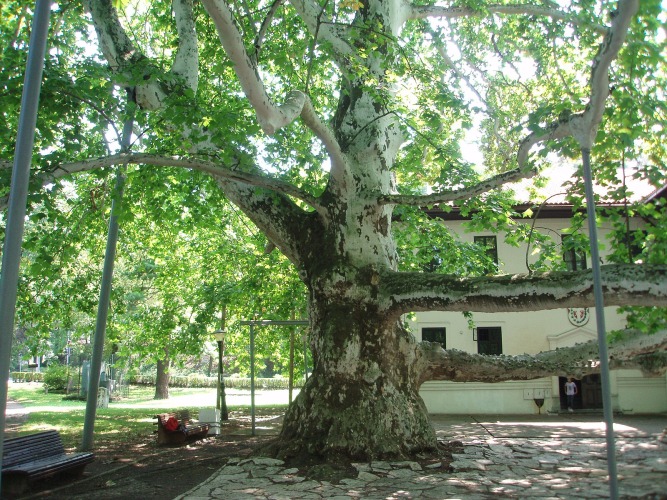
Nestled in Topčiderski Park, one of Belgrade’s most beloved and historic green spaces, the Platan tree in front of Milošev Konak stands as a testament to both nature’s grandeur and the city’s rich history. This impressive tree, with its vast trunk and sprawling canopy, not only adds to the natural beauty of the park but also carries a deep connection to the cultural heritage of Serbia.
Topčiderski Park: A Historical Green Oasis
Topčiderski Park, located in the southern part of Belgrade, is one of the city’s oldest and most picturesque parks. Established in the 19th century, the park became a royal garden and a recreational space for the Serbian royal family. The Milošev Konak, which now serves as both a museum and a restaurant, was once the residence of Prince Miloš Obrenović, an important figure in Serbia’s fight for independence.
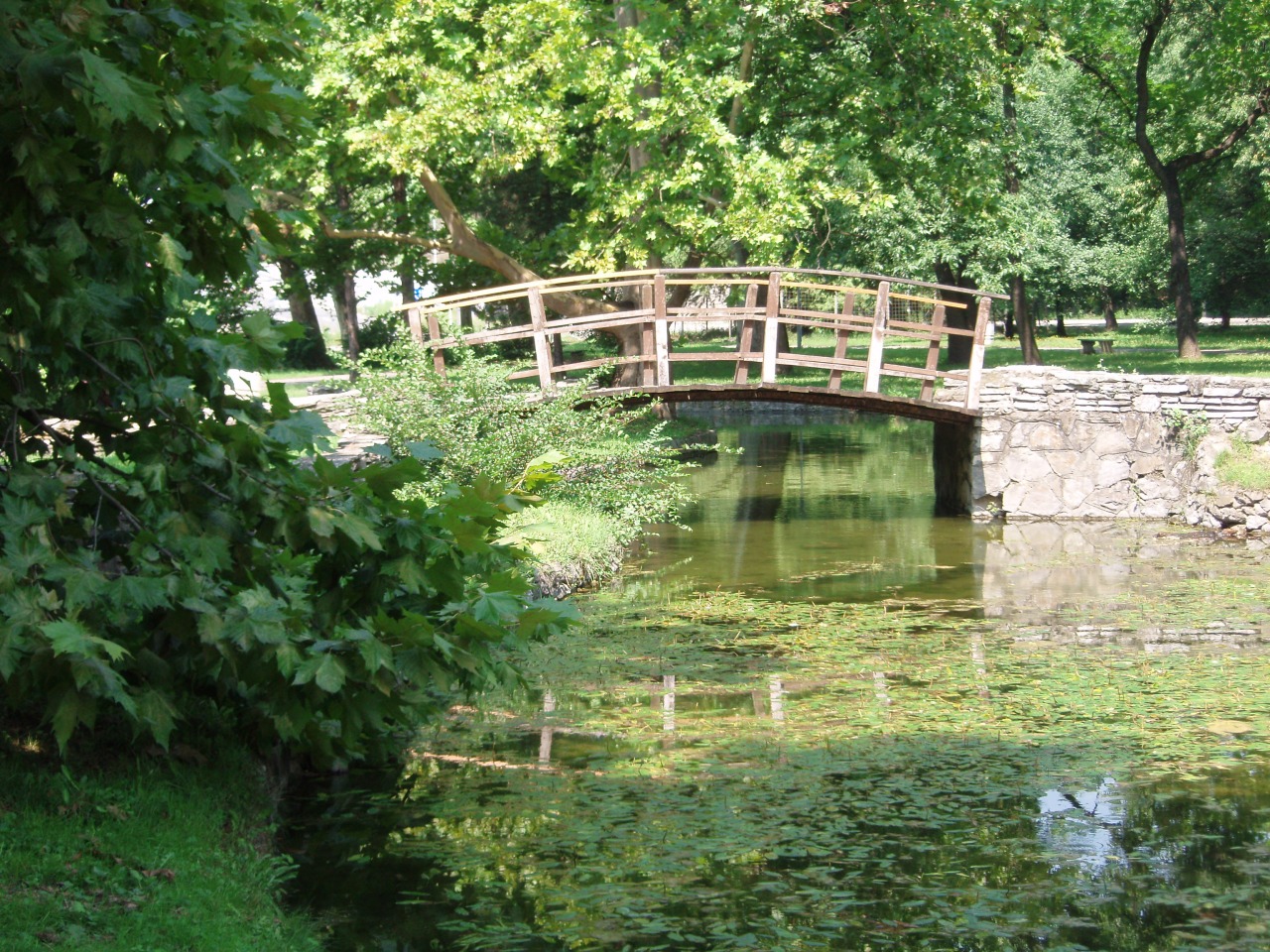
The park’s serene surroundings, along with its historical significance, make it a popular destination for both locals and tourists. Among the park’s many attractions, the Platan tree stands out for its size, beauty, and deep historical roots.
The Platan Tree: A Silent Witness to History
The Platanus acerifolia, commonly known as the London plane tree, located in Topčiderski Park is one of the largest and most impressive in Belgrade, and it is even considered a candidate for European Tree of the Year. Planted in the early 19th century, around 1830, during the construction of Milošev Konak, the tree has stood for almost two centuries, silently bearing witness to the changes in Belgrade and Serbia.
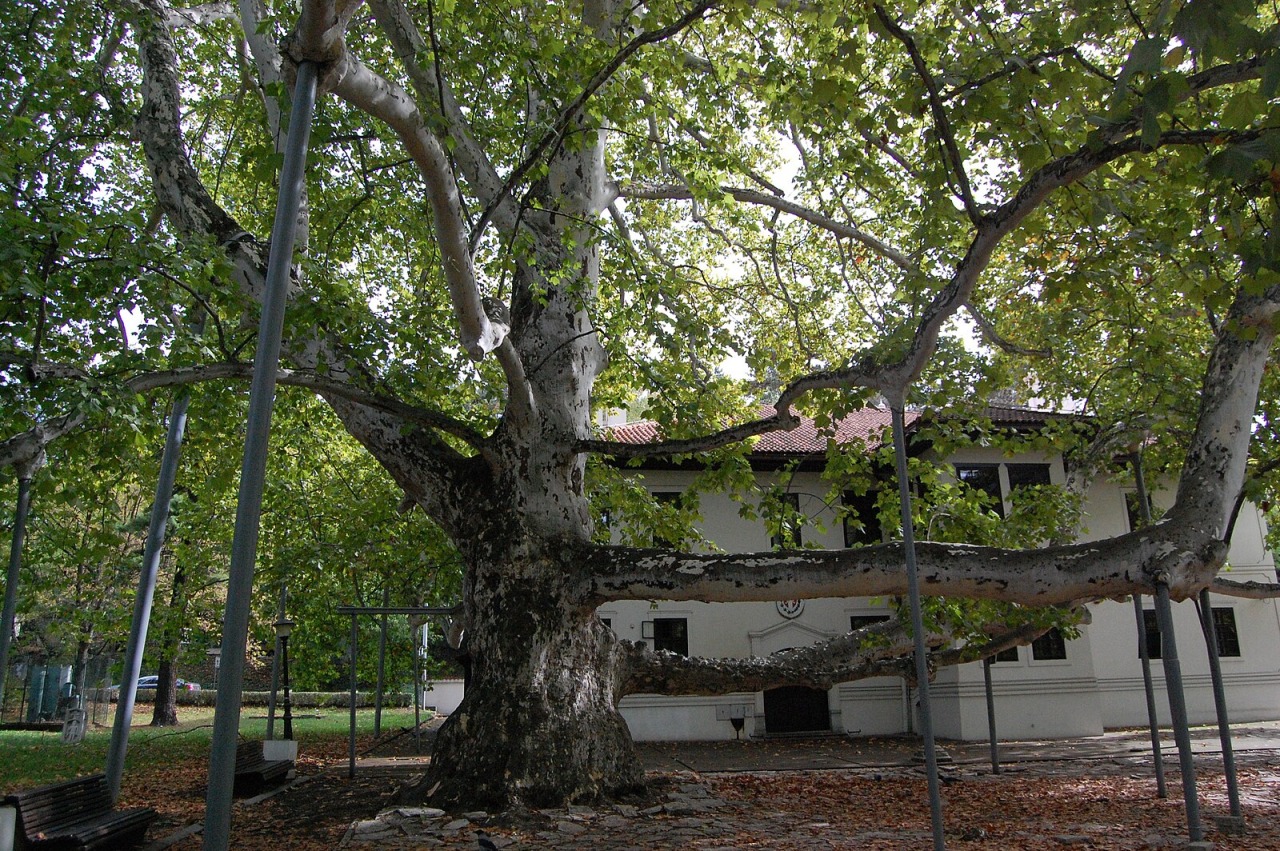
The Platan stands at a towering height of 34 meters, with a trunk circumference of 7.35 meters and a canopy spread of 49 meters. It casts a shadow over an area of 1,885 square meters, making it one of the most remarkable trees in the city. To support its massive branches, 17 metal supports were added in 1881, ensuring that the tree could continue to grow and spread without risk of its branches breaking or sagging. Over time, the tree has embraced these supports, effectively integrating them into its structure, further enhancing its grandeur.
Legal Protection and Preservation
Due to its immense size and age, the Platan was declared a natural monument in 1979, classified as a botanical monument of nature. The public utility company “Zelenilo Belgrade” is responsible for maintaining and preserving this iconic tree. While the exact date of planting is not known, it is believed that the tree was planted sometime between 1830 and 1866, with historical records suggesting it was part of the broader landscaping efforts that shaped Topčiderski Park.
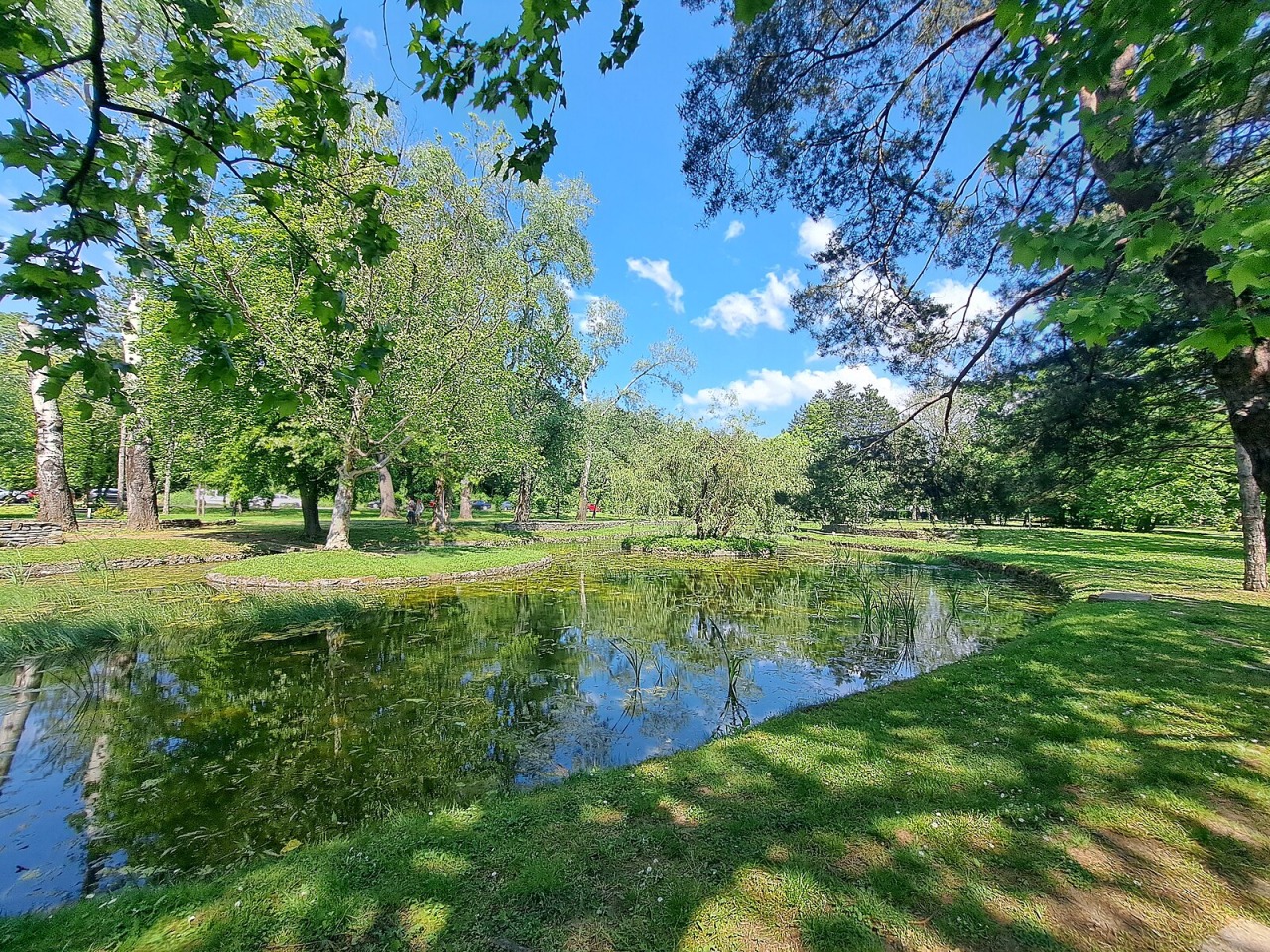
One popular legend about the Platan’s origins is that it was planted in a former lime kiln in the park, which provided ideal conditions for the tree’s growth. Another version of the story suggests that, after the initial planting efforts in the park, a single underdeveloped seedling of the Platan was placed in the kiln by order of Prince Miloš. Whatever the true story, the tree’s exceptional growth and size have become part of its mystique.
The Stories of the Platan: Myths and History
While the tree’s grandeur is unquestionable, many of the stories surrounding it are not entirely based on historical facts. For example, it is often said that Prince Miloš loved to sit under the Platan’s shade, drinking coffee and receiving foreign consuls. However, historical documents tell a different story: Prince Miloš left Topčider and Serbia in 1839, and the Platan was not planted until six years later, around 1866. Therefore, it’s unlikely that the prince ever enjoyed the shade of this tree during his time at Milošev Konak.
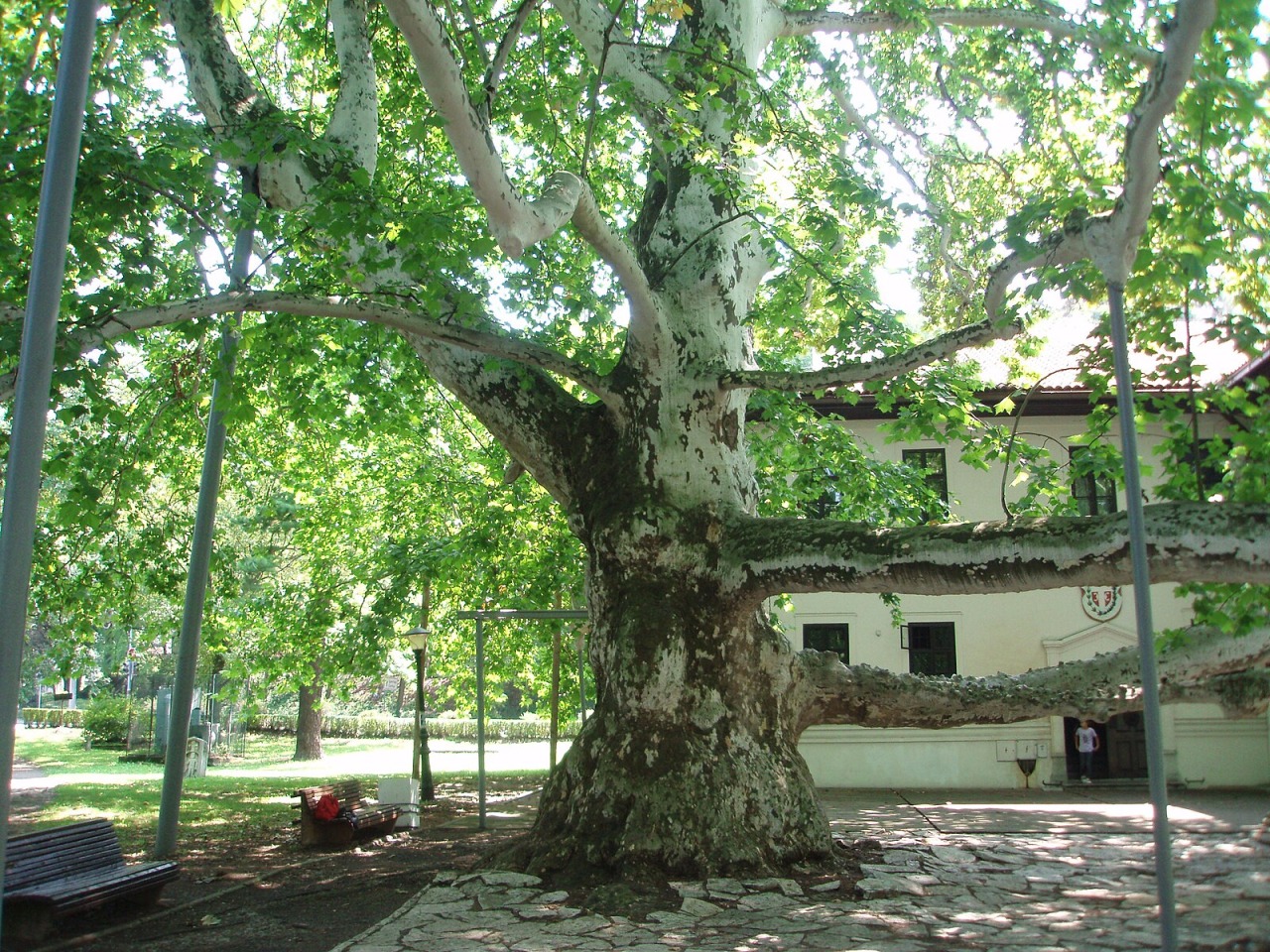
Despite the myths, the Platan tree remains an important cultural and historical symbol in Topčiderski Park, standing as a living witness to the evolution of Belgrade over the past two centuries.
European Tree of the Year: A Well-Deserved Nomination
Given its immense size, age, and historical significance, the Platan tree in Topčiderski Park has rightfully earned a place as a candidate for European Tree of the Year. The award does not focus solely on the tree’s appearance, size, or age, but on the stories it carries and its connection to the people around it. The Platan is not just a natural wonder; it is deeply intertwined with the cultural heritage of Serbia and the history of its royal family.
A Tree That Stands the Test of Time
The Platan in Topčiderski Park is more than just a remarkable tree; it is a living symbol of Belgrade’s history and cultural identity. Whether you are strolling through the park, enjoying a meal at Milošev Konak, or simply taking in the tree’s imposing beauty, it serves as a reminder of the continuity of nature and history in this vibrant city.
The Platan’s impressive size and longevity are a testament to the resilience of nature, and it continues to stand tall as a significant landmark in Topčiderski Park—a quiet witness to the unfolding of time, history, and the people who have lived alongside it.
Featured image: Mister No, CC BY 3.0 https://creativecommons.org/licenses/by/3.0, via Wikimedia Commons
Related Articles


Tourist Holiday Guide to Serbia: Tips, Traditions & What to Expect
December 20, 2025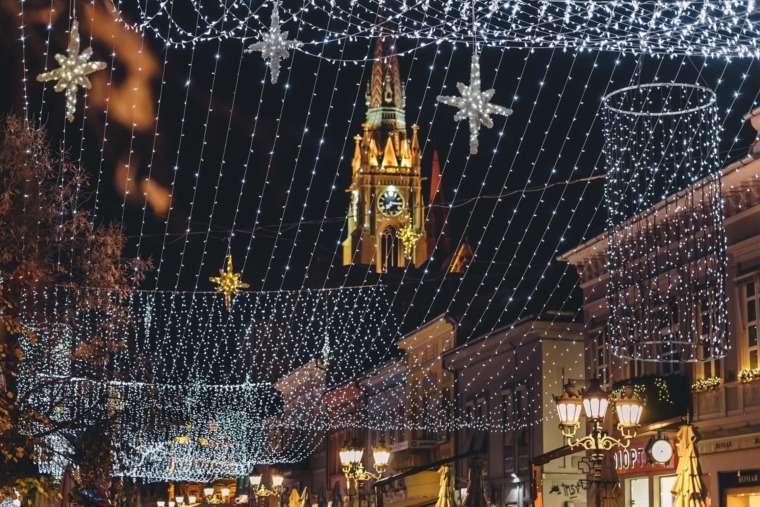
Snow-Free Serbia Travel Ideas for 2026
December 17, 2025
What to Do with Kids in Serbia: Family-Friendly Holiday Ideas
December 14, 2025



